PENGUIN CANADA
THE THRIVE DIET

BRENDAN BRAZIER is one of only a few professional athletes in the world whose diet is 100 percent plant based. Hes a professional Ironman triathlete, bestselling author on performance nutrition, and the creator of an award-winning line of whole food nutritional products called Vega. He is also the 2003 and 2006 Canadian 50km Ultra Marathon Champion.
Nominated in 2006 for the Manning Innovation Award, Canadas most prestigious award for innovation, Brendan was shortlisted for the formulation of Vega.
In 2006, Brendan also was invited to address US Congress on Capitol Hill, where he spoke of the significant social and economic benefits that could be achieved by improving personal health through better diet. The focus of his talk was to draw attention to the role that food plays in the prevention of most chronic diseases currently plaguing North Americans.
Brendan has become a renowned speaker and sought-after presenter throughout North America, helping individuals and businesses thrive by sharing his dietary stress-busting program, the Thrive Diet.
Brendan lives in Vancouver, BC.
THE THRIVE DIET
the whole foods way
to losing weight, reducing stress,
and staying healthy for life
BRENDAN BRAZIER

PENGUIN CANADA
Published by the Penguin Group
Penguin Group (Canada), 90 Eglinton Avenue East, Suite 700, Toronto, Ontario, Canada M4P 2Y3 (a division of Pearson Canada Inc.)
Penguin Group (USA) Inc., 375 Hudson Street, New York, New York 10014, U.S.A.
Penguin Books Ltd, 80 Strand, London WC2R 0RL, England
Penguin Ireland, 25 St Stephens Green, Dublin 2, Ireland (a division of Penguin Books Ltd)
Penguin Group (Australia), 250 Camberwell Road, Camberwell, Victoria 3124, Australia (a division of Pearson Australia Group Pty Ltd)
Penguin Books India Pvt Ltd, 11 Community Centre, Panchsheel Park, New Delhi 110 017, India
Penguin Group (NZ), cnr Airborne and Rosedale Roads, Albany, Auckland 1310, New Zealand (a division of Pearson New Zealand Ltd)
Penguin Books (South Africa) (Pty) Ltd, 24 Sturdee Avenue, Rosebank, Johannesburg 2196, South Africa
Penguin Books Ltd, Registered Offices: 80 Strand, London WC2R 0RL, England
First published 2007
1 2 3 4 5 6 7 8 9 10 (WEB)
Copyright Brendan Brazier, 2007
Author photo on page i: Photography by The G Living Network:
www.gliving.tv
All rights reserved. Without limiting the rights under copyright reserved above, no part of this publication may be reproduced, stored in or introduced into a retrieval system, or transmitted in any form or by any means (electronic, mechanical, photocopying, recording or otherwise), without the prior written permission of both the copyright owner and the above publisher of this book.
This publication contains the opinions and ideas of its author and is designed to provide useful advice in regard to the subject matter covered. The author and publisher are not engaged in rendering health or other professional services in this publication. This publication is not intended to provide a basis for action in particular circumstances without consideration by a competent professional. The author and publisher expressly disclaim any responsibility for any liability, loss or risk, personal or otherwise, that is incurred as a consequence, directly or indirectly, of the use and application of any of the contents of this book.
Manufactured in Canada.
 Printed on 100% recycled paper
Printed on 100% recycled paper
ISBN-13: 978-0-14-305236-4
ISBN-10: 0-14-305236-5
Library and Archives Canada Cataloguing in Publication data available on request
Visit the Penguin Group (Canada) website at www.penguin.ca
Special and corporate bulk purchase rates available; please see
www.penguin.ca/corporatesales or call 1-800-810-3104, ext. 477 or 474
To Lynn, Seymour, and Stanley
THE THRIVE DIET
introduction
The Thrive Diet grew out of necessity. At the age of 15, I decided that I wanted to become a professional athlete. My goal was to ultimately be a professional Ironman triathlete. Consisting of a 2.4-mile swim, 112-mile cycle, and a 26.2-mile run (a marathon), Ironman triathlon racing is not the easiest way to make a living. But it appealed to me. I enjoyed outdoor exercise, hard work, and a challenge, so why not make a career out of it?
As you can imagine, I needed to dedicate a huge amount of time and effort to training for this event. As I got more serious about training and pursuing my goal, I searched for ways to improve my performance. Not wanting to reinvent the wheel, I looked at how other athletes were training.
What immediately stood out to me was how little their training programs varied. From the top pros in the sport right down to the average performers, the variations in their workout routines were only slight. Taking training out of the equation, then, what then allowed some athletes to improve at an exceptional rate, while others became stagnant or made only modest gains? What separated the top athletes from the average? As I found, there are only two prime components that make up an athletes routine: training and recovery. Often referred to as stress and rest, both elements are of equal importance, yet usually only one gets attentionthe training.
While training programs are meticulously plotted and each workout is planned in detail, little thought is given to recovery. We know that recovery occurs when the body is at rest, but, as I learned, there are varying states of rest that are not well understood. Maximizing the quality of rest is key. Removing other forms of stress from the body during times of rest will speed the rate of recovery. In doing so, the athlete will be better physiologically prepared for the next workout and therefore will benefit from it more. It was the recovery that needed to be my prime focus, not the training.
After reading many articles and speaking with a wide variety of top professional athletes in both strength and endurance, I found that the major variant among athletes was diet. They ranged from very poor to pretty good. So did their performance: The better the diet, the better the recovery rate. But what constituted a good diet? What were the best foods to eat for recovery and which ones should be avoided? Which foods helped the body function in a reduced state of stress so that it could recover faster?
My focus, which had begun on training, now shifted to recovery and, more specifically, diet. I tried different diets, not restrictive ones, as is a common theme of many diets, but supposedly performance-enhancing ones. I tried high-carbohydrate, grain-based, low-fat, low-protein diets, and low-carbohydrate, high-fat, high-protein diets, and several others that fell in between. Although learning the basic principles of the various diets was helpful, I couldnt find any one diet that really gave me the edge I was looking for.
Then I tried a diet that was considered at the time to be a novelty. It was the earlier 1990s and diets that did not consist of meat and dairy products, regardless of their other parameters, were usually dismissed immediately, especially by athletes. But I tried this completely plant-based diet. After about two weeks, I began to think its critics were rightI felt terrible. General fatigue, local muscle soreness, low energy, constant hungerI experienced it all. But why? What caused this to happen? Discouraged but also intrigued, I became an even stronger believer in the powerful effect nutrition has on the body. If the pendulum could swing this far to one side, it must be able to swing the other way equally as far.
Next page
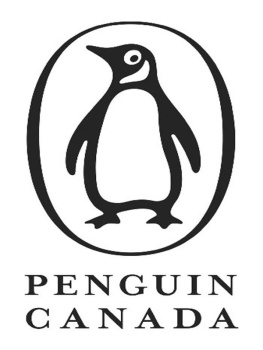
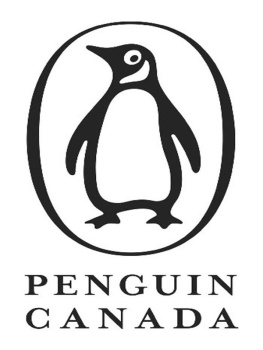

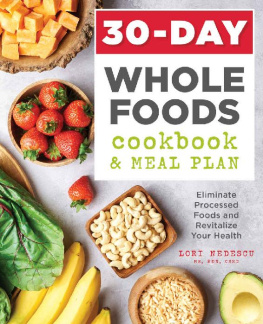
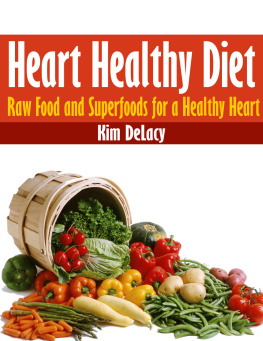
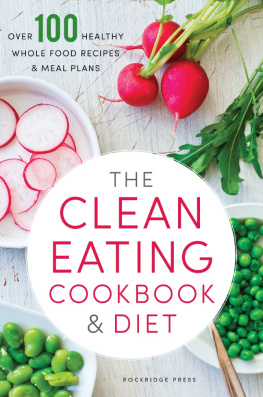



 Printed on 100% recycled paper
Printed on 100% recycled paper